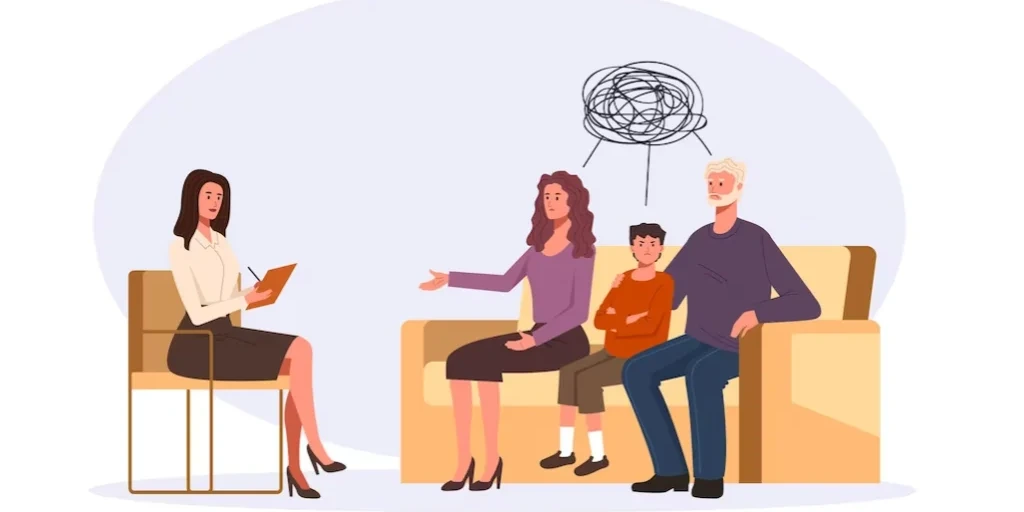24/7 Helpline:
(866) 899-221924/7 Helpline:
(866) 899-2219
Learn more about Partial Hospitalization Program centers in Big Spring
Partial Hospitalization Program in Other Cities

Other Insurance Options

Providence

Covered California

Access to Recovery (ATR) Voucher

MHNNet Behavioral Health

Humana

Meritain

Health Net

Ceridian

CareSource

Private insurance

Choice Care Network

PHCS Network

Optima

Multiplan

Magellan Health

State Farm

Oxford

UnitedHealth Group

BHS | Behavioral Health Systems

Health Partners

Permian Basin Treatment Center
Permian Basin Treatment Center is a private rehab located in Big Spring, Texas. Permian Basin Treatm...

AA – Alcoholics Anonymous
AA – Alcoholics Anonymous is a non-profit rehab located in Big Spring, Texas. AA – Alcoholics Anonym...


























